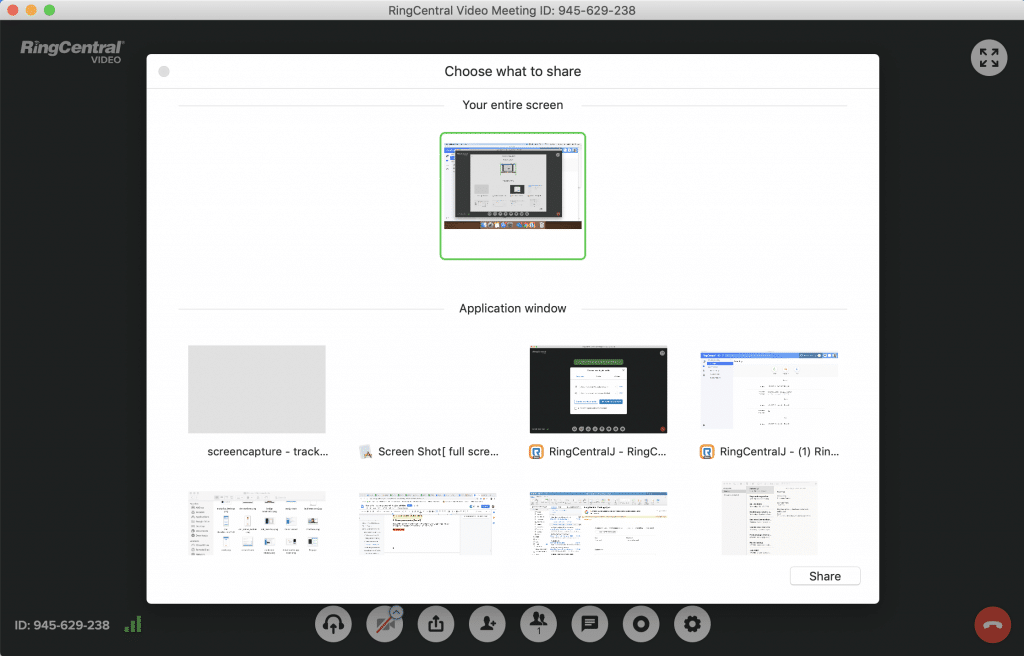Pop quiz: which fictional office team most resembles your own?
Maybe you see yourself in a Parks and Rec situation—a group of strong personalities that often clash but always come together in the end thanks to your resident Leslie Knope.

Maybe your office has a Mad Men vibe with your coworkers spitballing bold ideas after some fierce back-and-forth.
Or if you’re in a really special office… you might identify with the bickering, cutthroat kingdoms in Game of Thrones.
Jokes aside, our recent Netflix binge got us thinking: does the average small business know what effective teamwork looks like?
Because the thing is, workplace communication may not be as common as you hope. Even if you really want to collaborate more with your coworkers, teams and businesses aren’t always set up with the right tools and processes to facilitate that.
Let’s change that.
In this guide, we’ll break down:
- What exactly “effective teamwork” means
- The 5 traits of an effective team
- 7 steps to building a team that works well together
- The tools that can help your team gel
- Real-life examples of teamwork
First, let’s get into what effective team actually is.
🔑 Spoiler alert: a powerful communication tool is one key to better teamwork. Grab the free checklist to help you choose the right one for your business.
What is effective teamwork?
In a nutshell, effective teamwork in the workplace is when employees come together to reach a common goal, delegating and sharing responsibilities to support each other.
The importance of effective team collaboration is well documented. Research from Gallup1 notes that teams are more engaged and productive when they’re on the same wavelength and working together.
Effective teams bring out the best in individual workers as they’re confident that they’re supported in trying to achieve their tasks.
But achieving this sense of unity is easier said than done.
Why? Well, for one, your employees may never have effective teamwork modeled for them. Add to that the fact that teams are often made up of diverse groups with totally different professional and workplace backgrounds.
Research by Microsoft2 highlights that the preferred tools and methods for workplace collaboration vary greatly by generations. Although boomers prefer face-to-face meetings and are open to trying new tools, Gen Z workers vastly prefer chat platforms to go back and forth.

But just because you work “together” doesn’t mean that you’re an effective team by default.
What are the traits of an effective team?
Before we dig into how to achieve a stronger sense of trust among your employees, let’s talk about the upsides and traits of an effective team.
1. They’re productive
No surprises here. When your workers are meeting their quotas and deadlines on a regular basis without fail, you know that your team has found their rhythm.
2. They’re actually happy at work
Effective team collaboration and higher morale go hand in hand. In fact, 54% of workers3 will stay with a company longer when they’ve achieved a sense of belonging and community. In short, strong teamwork results in loyalty.
3. They focus on individual strengths
A team is only as effective as the sum of its parts, and the number one desire of “star employees” is the ability to do work that plays to their strengths. Teams that work well together know how to delegate tasks to individuals based on what they do best in order to collaborate and shine individually.
4. They know how to communicate
Honesty and openness are the foundations on which teams are built. Rather than second-guess next steps and who should be on top of a task, effective teams aren’t afraid to ask questions and provide (and take) constructive criticism.
5. They respect their coworkers
Infighting and passive-aggressiveness are signs of a toxic team. On the flip side, effective teams get along and come to agreements—even in the face of tension.
This is a part of a series that’s all about teamwork. Interested in diving deeper? Keep reading here:
How to build a more effective team in 7 steps
Promoting teamwork in the workplace isn’t easy—and it doesn’t happen by accident, whether you’re enterprise or small business.
Don’t panic if your team isn’t a well-oiled machine. Assess what they’re already doing right, and then look at the following tips to empower them to work better together.
1. Set goals for every project
Setting teamwork objectives is the starting point for getting anything done as a group. When the goals of your team’s task are clearly defined, it’s easier to rally around the task at hand.
It’s just like in Russian Doll. Each episode, the main characters wake up on the same day (think: Groundhog Day) and are tasked with achieving a specific goal to bring themselves closer to solve the mystery of their situation.
If a sales team is tasked with reaching a company-wide target, your team understands their individual responsibility in meeting their portion of that goal.
When it comes to goal-setting, the SMART framework is all the rage among teams. By setting goals that are specific, measureable, achievable, relevant, and time-sensitive, achieving your teamwork objectives won’t seem so daunting.
2. Make sure roles, responsibilities, and expectations are crystal clear
Effective teamwork in the workplace is all about knowing what you—and everyone else on your team—need to do.
Just like “the party” in Stranger Things, each person plays a unique role that ultimately makes your team complete:

This is especially important because certain projects (like boosting your customer retention rate or running an email marketing campaign) need your team to work together to execute things smoothly without stepping on each other’s toes.
Remember what we said earlier about playing to the strengths of your team? When responsibilities are delegated, everyone should feel comfortable with their roles and respective workloads.
Much like group projects in school, nobody wants to feel like they’re stuck with the lion’s share of the work. If things aren’t clear in the beginning, that’s okay—as long as people feel comfortable communicating how they feel about their role in a task if there’s really a problem.
3. Don’t be afraid to appoint a leader
Reality check: good teamwork in a workplace often isn’t totally democratic or “equal.”
But it still works as long as you have a leader who can delegate and mediate on behalf of people. “People and communication skills” are still one of the most important characteristics of a successful business leader.
Think about our TV examples earlier. Sometimes you need a Leslie Knope, Don Draper, or Jon Snow to take the reins and get your team on track:

4. Respect your team’s time
If you feel like most meetings are a total waste of time, you probably aren’t alone. We’re guessing that the scene from The Office with everyone making up games to pass the time during meetings probably came from some real-life inspiration:
Remember that meetings should focus on empowering teams to tackle projects, not bore them to death.
And once a project is in progress, you’ll probably need to decide how you’re going to keep in touch beyond traditional meetings.
To keep time-wasting to a minimum, consider having virtual meetings or quick stand-ups to avoid long, drawn-out snooze-fests. There’s no need to drag something out an hour that can be accomplished in five minutes.
The previously noted Microsoft study notes that 61% of employees prefer “short and sweet” versus long and detailed modes of communication. Virtual meetings allow for speedy setup while the ability to have a quick chat eliminates the need for some meetings entirely.
Also, note that virtual meetings are convenient for teams with remote workers or employees in different countries. Through screen sharing and instant messaging, meetings can be both productive and personal—regardless of where you are. RingCentral is one of the tools that lets teams chat with each other, start video conference calls, and even share their screens:
5. Encourage your workers to be open and transparent
Conventional wisdom tells us that employees fear confrontation. But nobody should be afraid to speak up when there’s a problem or disagreement. Frequent check-ins and status updates can help encourage openness while nipping bigger problems in the bud.
Like the “friends don’t lie” credo in Stranger Things, teams should encourage each other to be open and honest:

6. Get to know each other beyond the office
Team-building exercises. Happy hours. Office parties.
Hey, what about a game of Dungeons and Dragons à la Community?

These may seem like fluff, but they’re actually vital for building an effective team.
Even virtual activities or sharing memes in a chat channel can do the trick. These are particularly important activities for distributed teams and workers who can’t always be present face-to-face.
Empathy contributes to a collaborative culture, which is all the more reason for you to get to know your team beyond your office walls. (Learn more about empathy exercises.) You don’t need to be BFFs with everyone, but you should try to at least get along on a personal level.
Take for example KnowBe4, Inc, an office recognized as one of Great Places to Work’s top three small-to-midsized businesses to work for in 2019.
In their employee survey detailing why their company is so successful, 97% of respondents stated that “when you join the company, you’re made to feel welcome.” A similar number of respondents said that “people care about each other here.”

Celebrating their morning meeting with some confetti, a team at KnownBe4 is a shining example of how workplaces can create camaraderie through collaboration.
7. Empower your team with tools and technology
With the right tools, your team can get more done together than if they just siloed themselves off. The key is understanding which tools make sense and whether or not you’re making the most of them right now.
And hey, that actually lets us to our next section.
What tools can help your team become more effective?
Here’s a snapshot of what successful team collaboration in the workplace looks like, with the help of third-party tools. Although these tools aren’t the be-all, end-all of what you can use, these are some of the most popular tools for collaboration and communication for businesses.
Project management tools
Project management tools like Trello, Asana, and Jira all serve as platforms where teams can drag-and-drop their team-related tasks—all in an easy-to-understand visual schedule.
The beauty of these tools is that anyone can see the status of a task at any given time. In other words, employees are held accountable for making progress and keeping each other in the loop on each card. Here’s a project management template from Trello for reference.
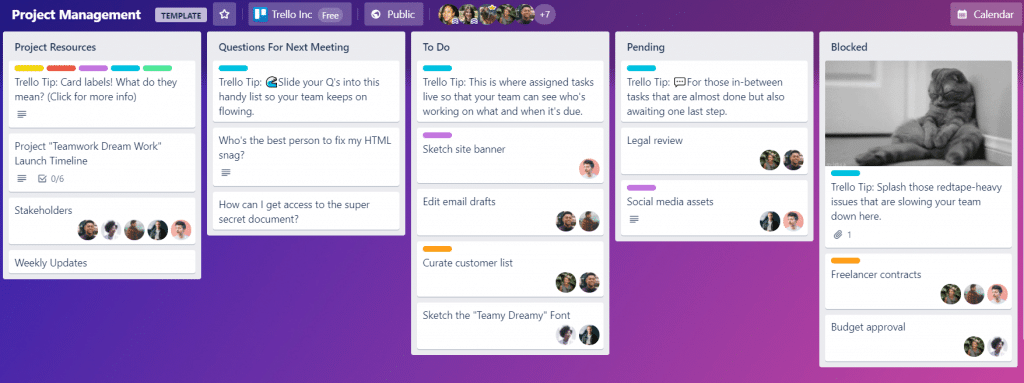
A communications platform
As we mentioned earlier, consistent and frequent communication is essential to working as a team. Platforms like RingCentral can be a convenient, all-in-one communication app for teams that want to talk asynchronously—meaning you don’t have to book meetings and get everyone in one place at one time. You can just send each other instant messages and have an extended back-and-forth whenever you’re free.
Whether you need to check in with someone on a deadline, have a quick video chat, or share a file, RingCentral lets you do all three:
The useful thing about having a tool like this is that it can save you serious time and avoid tedious face-to-face meetings (which are especially tough to schedule when everyone is busy). Not only that, it gives you a way to document your communications, which adds yet another layer of transparency and accountability to your team’s work:
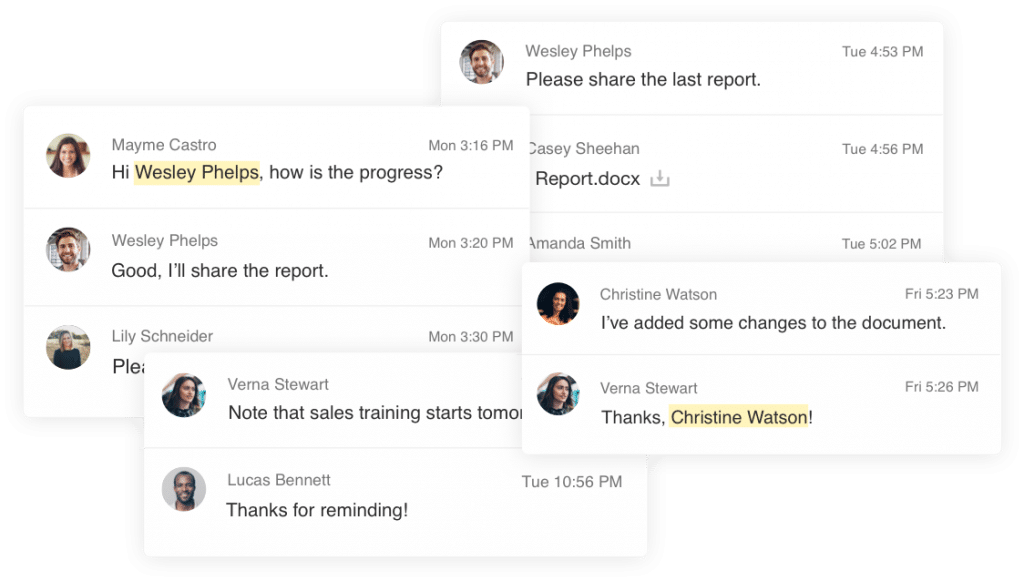
🕹️ Get a hands-on look at how RingCentral works by booking a product tour:
Shared drives and collaborative documents
Google Workspace tools such as Google Docs and Google Drive are totally free, perfect for supplementing your existing communication tools.
Especially with more and more teams supporting remote workers, the need to sync documents and share files is critical. From presentations to spreadsheets, Google Workspace allows for seamless sharing minus any needless back-and-forth.
For example, multiple people can collaborate on a contract in Google Docs or make changes to a Google Sheet in real time without stepping on each others’ toes.
A CRM
Crucial for sales and marketing team members, a CRM (customer relationship management) system enables teams to collaborate as they work to close deals. Here you can keep notes on your leads and prospects and document touchpoints such as phone calls, emails, and other events. Here’s an example from Hubspot’s free CRM:
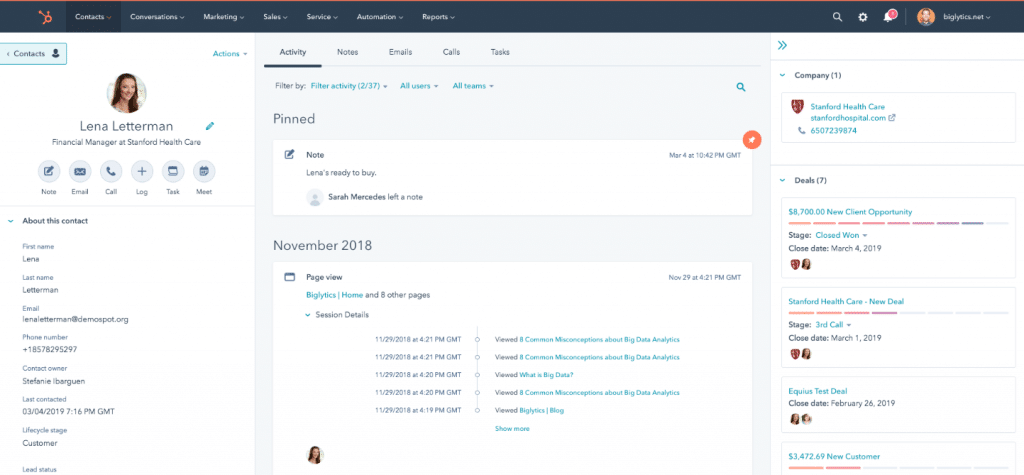
Besides using productivity systems, these are the types of tools that can make you more efficient and collaborative. If your team is not currently on board with these tools, we urge you to explore the free and trial options of all of the above.
Now, let’s look at some real-life examples of teamwork in action.
What are some real-life examples of effective teamwork?
To wrap things up, let’s take a look at some real-world examples of teams working together and sticking to the principles of effective teamwork. (And if you’re a Beatles fan, here are some examples of effective teamwork from the band.)
Encouraging your team to manage their own schedule
Effective teams are efficient teams. As highlighted by Trello, here’s a snapshot of what managing a team looks like when employees collaborate effectively. Using a Trello board, teams can pull up meeting templates, document meeting minutes, and share useful files brought up during a get-together.
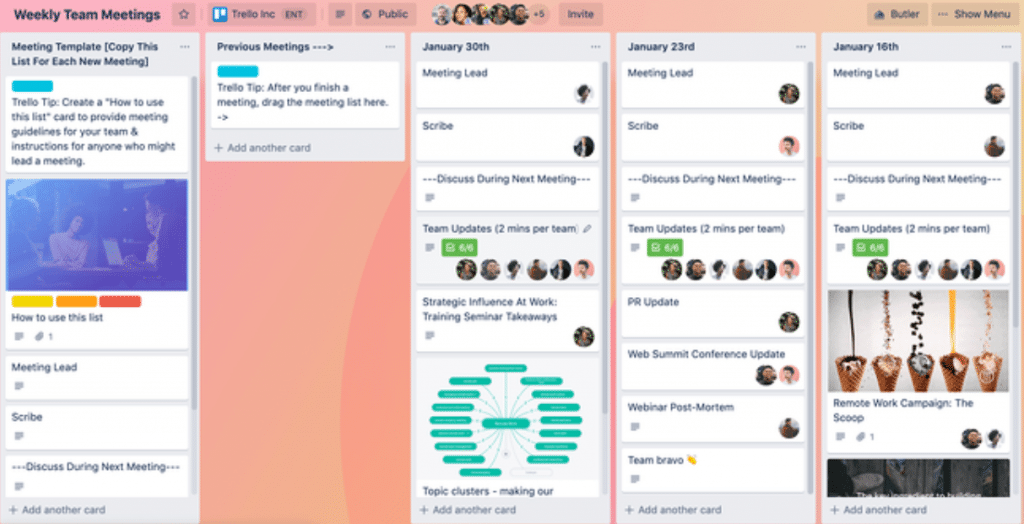
Conducting a daily stand-up meeting
Again, meetings don’t have to be drawn-out affairs. To supplement your current face-to-face or online meetings, you can run daily stand-ups that are quick, time-efficient, and helpful for making sure that everyone is on task.
Engaging in team-building activities
Team building is key to building personal relationships among your workers. Those big marketing objectives will be a lot more manageable if you know that your teammates have your back—and to build that kind of trust, you need a little more than the average day-to-day office activity. Events both big and small can help foster a sense of friendship among your coworkers.
For example, something as simple as an escape room or outdoor excursion can bring your team closer together.
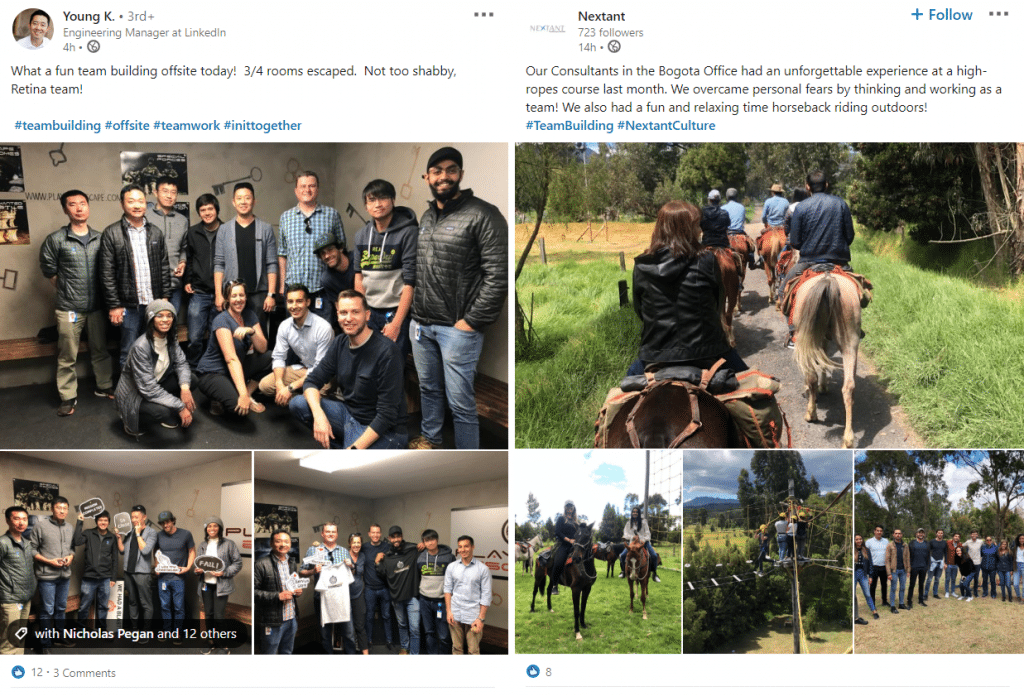
Or as highlighted by ULTIMATE SOFTWARE, you can couple your team-building efforts with philanthropy.

The not-so-secret of how to create teamwork in the workplace? Your team should have opportunities to connect outside of your office.
Welcoming your new hires with better onboarding
First impressions matter. How you onboard employees ultimately sets the tone for how they will fit in with your team for the long term.
As highlighted by Cake HR, an in-depth, personalized onboarding process can produce long-term returns in terms of employee engagement. Below is a snapshot of their onboarding checklist that they share with teams via Google Docs.
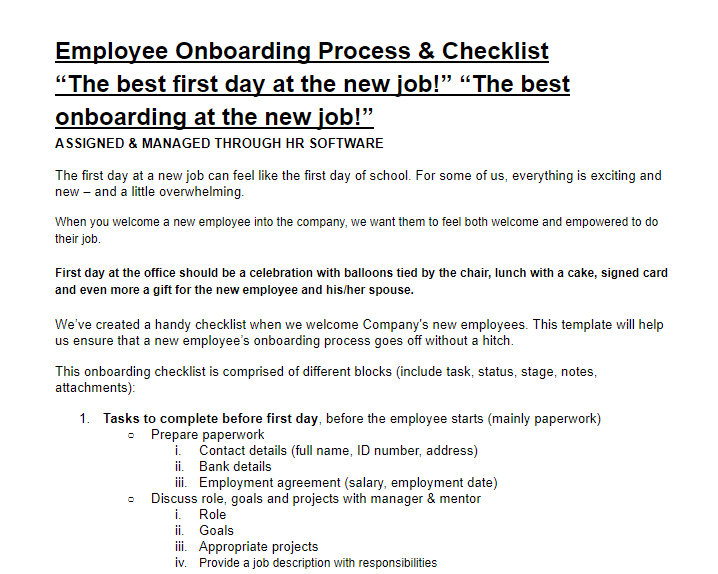
What does effective teamwork look like for your company?
Ask yourself: how would you promote teamwork in your workplace if you had to start right now?
Because doing so is crucial for both your business’s productivity—and your employees’ happiness.
And remember that there’s no “right” answer for how to encourage teamwork—your team is unique to your company, after all. Focus on long-term improvements and changes you can make to bring your team closer together.
1gallup.com/cliftonstrengths/en/278225/how-to-improve-teamwork.aspx
2microsoft.com/en-us/microsoft-365/blog/2018/04/19/new-survey-explores-the-changing-landscape-of-teamwork
3go.gusto.com/rs/110-WOX-868/images/Framework_Community_at_Work_Survey_final.pdf
Originally published Feb 28, 2020, updated Nov 17, 2021


